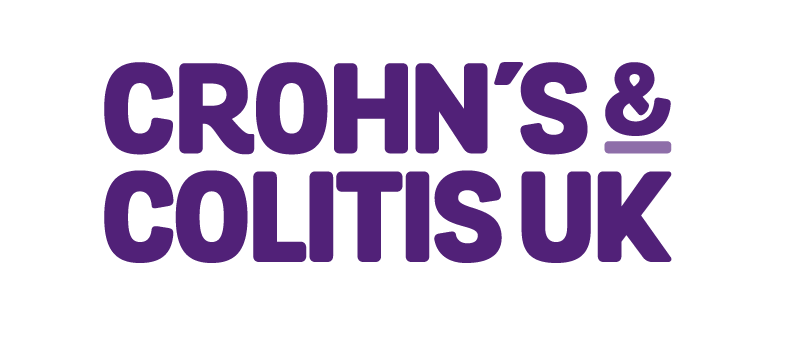IBD and axial SpA: how can we join the dots to ensure timely diagnosis and joint management?

NASS, in collaboration with Crohn’s & Colitis UK, and with support from the British Society for Gastroenterology (BSG), are launching the findings from our landscape review into diagnosing axial SpA in people living with inflammatory bowel disease.

Prevalence of axial SpA ranges from 0.5- 1.5% in UK, but it can be as high as 5% in patients with Inflammatory Bowel Disease (IBD). Despite advances in technology and changes in classification to include early stages of the disease, there is still significant delay in diagnosis, which in the UK is currently 8.5 years on average from symptom onset to diagnosis. Diagnostic delays lead to significant functional disability, mental health issues, and financial detriment in patients, and cost the UK economy £18.7 billion a year.
As part of the NASS Act on axial SpA campaign, launched in June 2021, we developed a 22-question survey in conjunction with key clinical advisors, Crohn’s & Colitis UK and BSG. There are two major themes emerging from this analysis to help ensure swift recognition, identification, and referral of suspected axial SpA: education and joint working with rheumatology.
Despite there being positive detection of inflammatory back pain symptoms and high confidence to refer, the survey highlights the need for regular educational sessions and resources on axial SpA that are accessible to all clinicians. Also, within secondary care, standardised screening tools and formal referral pathways could support clinicians.in identification.

Dr Christian Selinger, Consultant Gastroenterologist at Leeds Teaching Hospitals and the BSG IBD committee chair remarked:
“Patients living with IBD often have associated conditions outside the bowel, inflammatory back pain (IBP), including axial SpA, is amongst the most common and serious extraintestinal manifestations (EIM) of IBD. Currently, it takes too long to correctly diagnose axial SpA and provide specialist treatment and support. This report has identified the key areas for improvement. We make recommendations for faster diagnosis and treatment to improve the quality of life of our patients.”

Professor Raj Sengupta, Consultant Rheumatologist at the National Hospital for Rheumatic Diseases, Bath summarises what the report means for rheumatologists to support people living with axial SpA:
“We know from past research that there is a common link between axial SpA and IBD. It is also clear that there is a level of unmet need where patients with IBD are not referred to rheumatology if they experience persistent back pain.
The findings of this analysis show that there are some simple things that as rheumatologists we can do to support our colleagues in gastroenterology. These simple steps grounded in closer working, clearer communication and highlighting the key signs can help reduce this unmet need.”

Commenting on the report, Dr Dale Webb, CEO at NASS said:
“We are pleased to launch our report highlighting how we can support a swifter identification, referral and management of patients living with IBD and back pain.
What is clear from this study is the need to support clinicians with simple assessment tools. This is especially important in the context of the current NHS challenges and demand for services. These tools, coupled with a continuous effort to maintain regular communication with rheumatology and opportunities to refresh clinicians’ knowledge of the signs of axial SpA, are imperative.
This report makes practical suggestions on how this can be achieved, and we continue to work with clinicians to identify and share best practice examples.”
The NASS Gold Standard ambition for gastroenterology is that all patients with a high suspicion of IBP, as identified by the NASS symptom checker or ASAS criteria, plus IBD are directly referred to rheumatology. Under the ambition we have made four recommendations based on the survey analysis:
- Gastroenterology and rheumatology should have an agreed two-way working practice that enables rapid communication and decision-making. As a minimum, each have named contacts in their corresponding units whom they can access for advice and guidance or directly refer patients.
- Ongoing education is available for gastroenterologists and IBD nurses to raise awareness of axial SpA and inflammatory arthritis.
- Patients with IBD should be able to access simple tools, such as the NASS symptom checker, to help them check their back pain symptoms and identify if it could be axial SpA.
- Simple tools (such as the NASS symptom checker and poster and / or the SPADE tool) are available to gastroenterology for use in clinic, that act as a prompt or reminder of the symptoms of axial SpA and when to refer.
You can read the full report here: read now
The landscape review and report are part of the Act on Axial SpA campaign, which aims to reduce diagnosis times of axial SpA from the current average of 8.5 years, to just one. The Act on Axial SpA campaign is fully funded by UCB.